Step into the heart of Chinese culinary tradition with Beijing Cuisine, a gastronomic journey renowned for its rich history and distinctive flavors. Originating from the capital city of China, Beijing Cuisine offers a tantalizing array of dishes influenced by imperial court culture, regional ingredients, and centuries-old culinary techniques. Characterized by its emphasis on fresh, seasonal ingredients and delicate preparation methods, Beijing Cuisine showcases a harmonious balance of flavors, textures, and aromas. From succulent Peking duck to savory Beijing noodles, each dish tells a story of tradition, innovation, and the vibrant cultural tapestry of China's capital.
Hot Pot
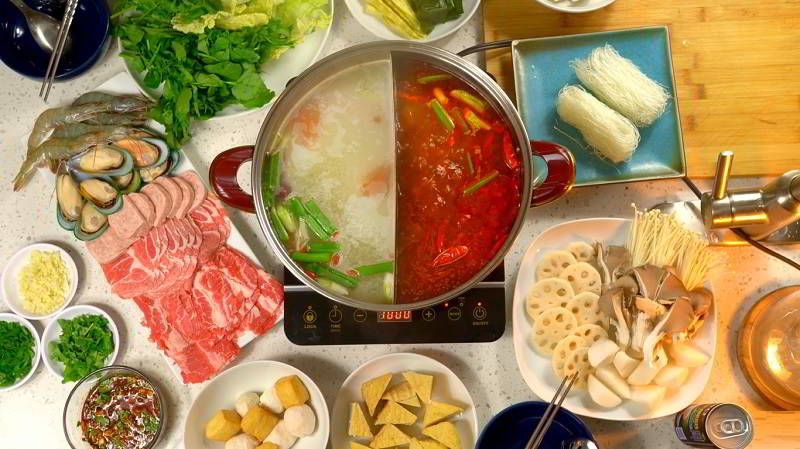
Hot pot is a culinary experience where a pot of flavorful broth, traditionally housed in a large metal vessel, is kept simmering on a table's center. Diners surround the pot, selecting raw ingredients like thinly sliced meat, vegetables, mushrooms, and more to cook in the broth. Once cooked, these pieces are dipped in sauces for added flavor. Hot pot iss a main course served without rice or noodles and offers a communal and interactive dining affair.
Peking Duck
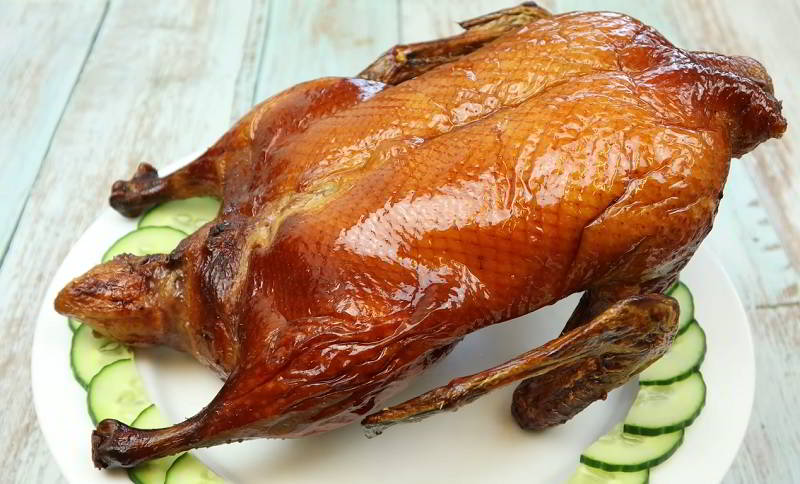
Peking Duck is a meticulously prepared dish that starts with a whole duck being marinated in a mixture of soy sauce, honey, and various spices. The duck is then roasted in a special oven, resulting in a crispy and flavorful skin while the meat remains succulent and tender. The traditional way of serving Peking duck involves thinly slicing the duck and serving it with thin pancakes, along with condiments such as hoisin sauce, scallions, and cucumber. The process of enjoying Peking duck is an experience in itself. Each slice of the crispy, golden skin is placed on a pancake, along with the desired condiments, and rolled up into a small parcel. The combination of the rich flavors from the duck, the sweetness of the hoisin sauce, and the freshness of the vegetables creates a harmonious and delightful taste.
Jiaozi
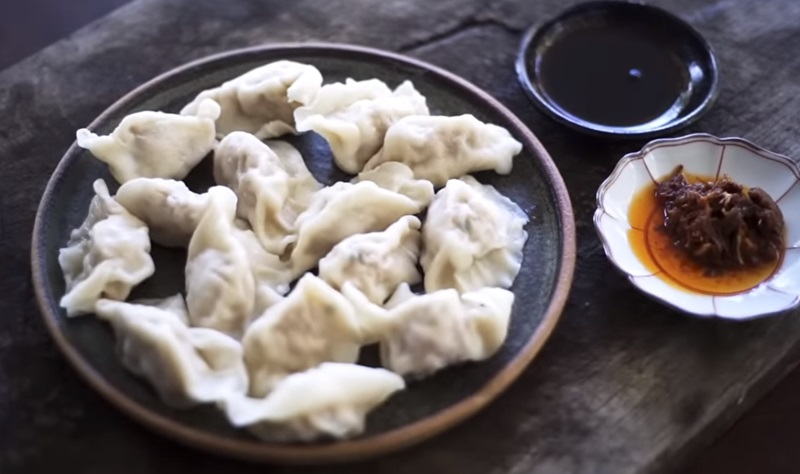
Jiaozi, also known as Chinese dumplings, is a traditional dish that holds a special place in the hearts of locals and visitors alike. These dumplings are made from a delicate dough that is filled with a variety of ingredients, such as minced pork, cabbage, chives, and various seasonings. The filling is then carefully wrapped and folded into different shapes, giving each dumpling its unique appearance. Jiaozi can be boiled, steamed, or pan-fried, offering different textures and flavors. The taste of Jiaozi is both savory and comforting. The combination of the tender dough and flavorful filling creates a mouthwatering experience. The dish is often served with a dipping sauce made from soy sauce, vinegar, and chili oil, adding a tangy and spicy kick.
Wonton
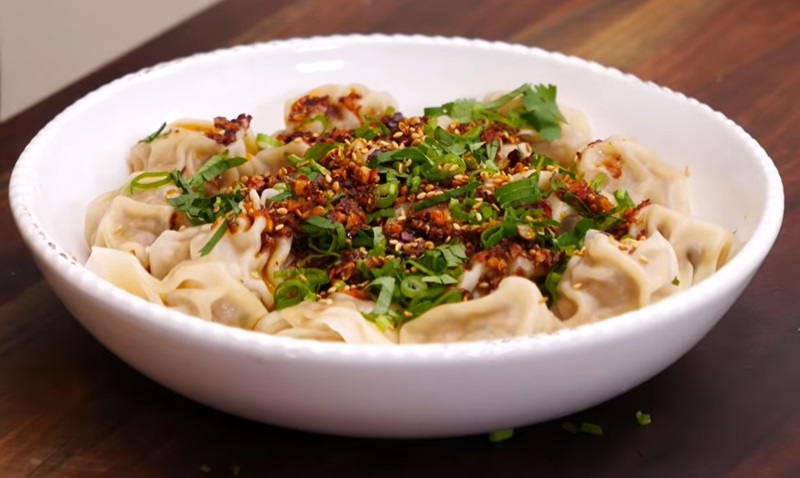
Wontons are small dumplings made from a thin, elastic dough filled with a variety of ingredients. In Beijing cuisine, the filling typically consists of ground pork, shrimp, and a blend of aromatic seasonings. The preparation of Wontons is a meticulous process. First, the dough is rolled into thin wrappers, then a small spoonful of filling is placed in the center. The edges of the wrapper are carefully folded and sealed, resulting in a unique shape resembling a small purse or a delicate flower. Once the Wontons are ready, they are cooked in boiling water until they float to the surface, indicating they are perfectly cooked. The dish is often served in a clear, flavorful broth made from chicken or pork stock, garnished with thinly sliced green onions and a drizzle of sesame oil.
Malatang
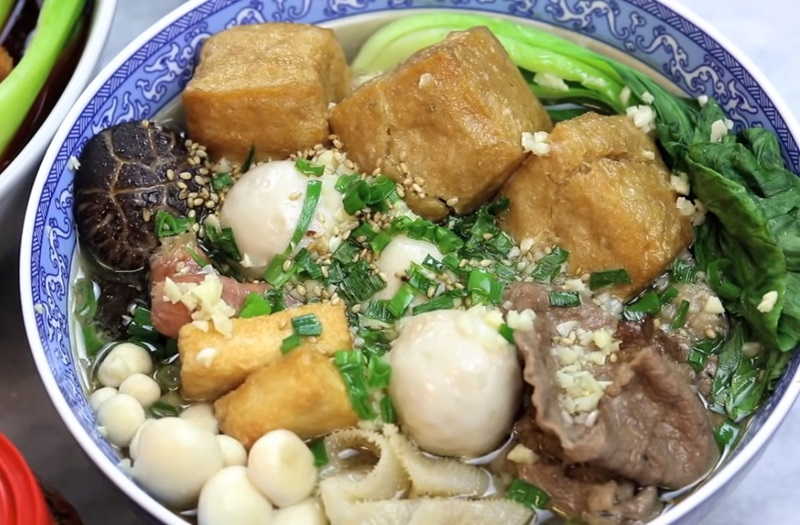
Malatang is a popular and spicy dish. The name "malatang" translates to "numbingly spicy soup," which perfectly describes the essence of this dish. It is a type of hot pot, consisting of a variety of ingredients cooked in a flavorful and spicy broth. The dish starts with a selection of fresh vegetables, meat, seafood, and tofu, which are then cooked in a simmering pot of spicy broth. The broth is typically made with Sichuan peppercorns, chili peppers, garlic, ginger, and various other aromatic spices, giving it a distinctive and fiery flavor. What sets malatang apart is the numbing sensation that comes from the Sichuan peppercorns. These peppercorns produce a unique tingling feeling on the tongue, complementing the spiciness of the dish. Malatang is known for its customizability, as diners can choose their own ingredients and spice levels.
Hot and Sour Soup
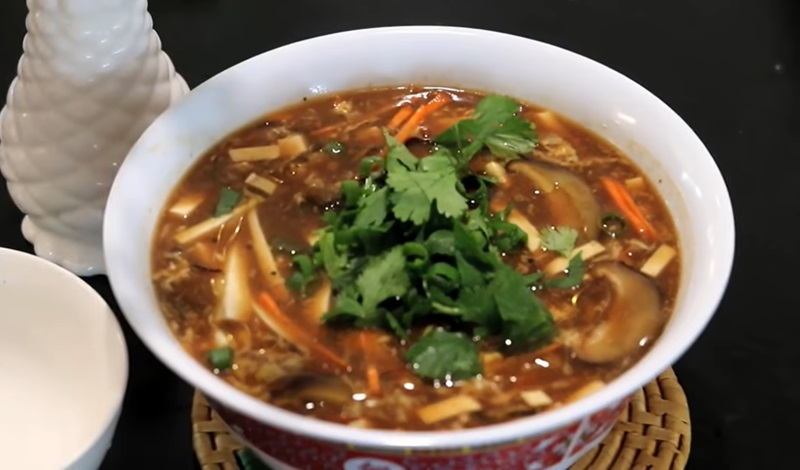
Beijing Cuisine's Hot and Sour Soup is a popular and beloved dish that represents the vibrant flavors of Chinese cuisine. This soup is a perfect balance of heat and tang, creating a delightful explosion of flavors in every spoonful. The base of the soup is made with a combination of rich chicken or pork broth mixed with vinegar, giving it its distinct tangy taste. The heat comes from the addition of chili peppers or chili sauce, which adds a spicy kick to the soup. The soup also includes a variety of ingredients such as tofu, mushrooms, bamboo shoots, and sometimes even shredded meat or seafood, adding texture and depth to the dish. What sets Beijing Cuisine's Hot and Sour Soup apart is its use of traditional Chinese ingredients like black fungus and wood ear mushrooms, which give the soup a unique earthy flavor. The soup is often garnished with chopped green onions and a drizzle of sesame oil, adding freshness and aroma. Whether enjoyed as an appetizer or a main course, Beijing Cuisine's Hot and Sour Soup is a comforting and satisfying dish that will leave you craving for more. Its bold flavors and contrasting textures make it a true delight for the senses.
Zhajiangmian
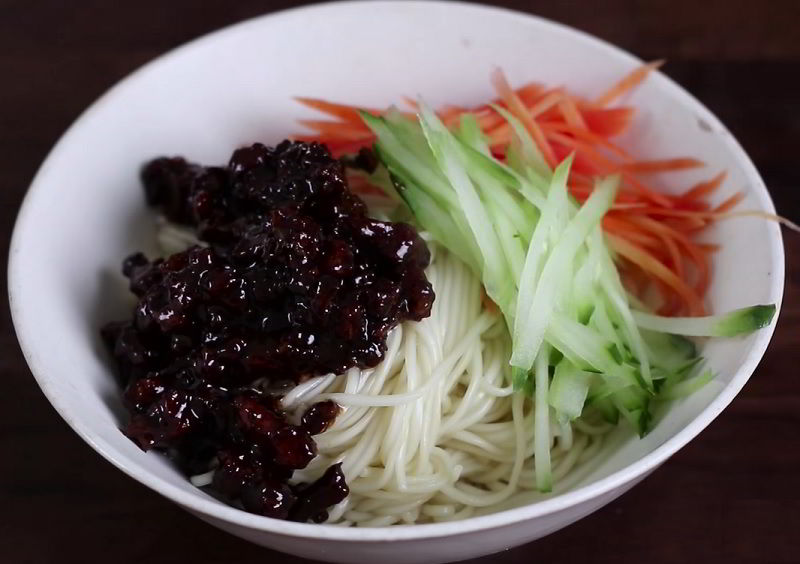
Zhajiangmian, also known as "fried sauce noodles," is a beloved dish in Beijing cuisine. It is a simple yet flavorful dish made with hand-pulled wheat noodles, topped with a savory sauce and various garnishes. The star of this dish is the zhajiang sauce, which is made from fried minced pork or beef, fermented soybean paste, garlic, and other seasonings. The noodles used in Zhajiangmian are thick and chewy, providing a satisfying bite. The sauce, which is dark brown in color, has a rich umami flavor with a hint of sweetness. It adds depth and complexity to the dish. Common toppings include sliced cucumber, julienne carrots, bean sprouts, and green onions, which offer a refreshing crunch and balance the richness of the sauce.
Chongqing Hot Pot
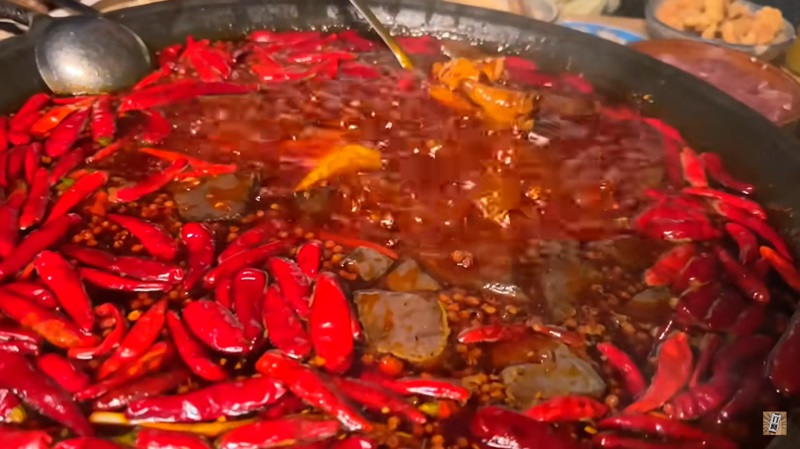
Chongqing Hot Pot, renowned for its spiciness and rich flavors, follows a traditional method of preparation. The practice involves placing a variety of ingredients in a hot pot, patiently waiting for them to cook. Once ready, the pieces are dipped in sesame oil before consumption. Choices for this hot pot include beef, pork, chicken, Chinese sausages, beef strips, pig blood, and duck intestine. Recognized as one of the spiciest hot pot varieties, Chongqing hot pot distinguishes itself with a base composed mainly of red chili oil, crafted from beef fat and an array of spices such as bay leaf, clove, and cinnamon. Ingredients like chili, beef tallow, garlic, and bean paste are stir-fried and boiled over an extended period to create the Chongqing hotpot seasoning, a crucial element in the flavorful soup base.
Almond Tofu
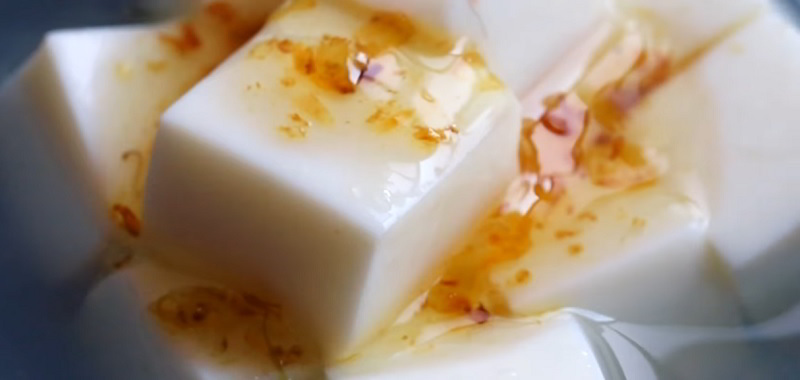
Almond Tofu is a delicate, jellied sweet crafted from apricot kernel milk, agar, and sugar. In the authentic preparation, the key flavor comes from apricot kernels soaked and ground in water. After straining, the mixture is sweetened and combined with a gelling agent, commonly agar. Upon chilling, the apricot kernel milk concoction transforms into a softly textured gelatin dessert.
Douzhi
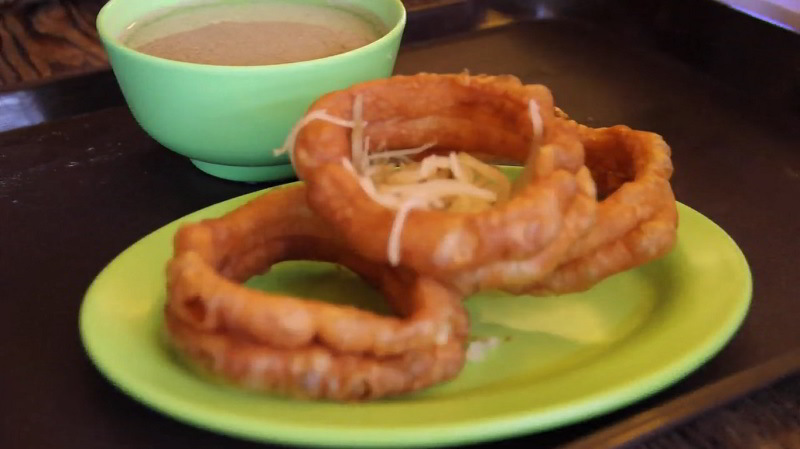
Douzhi is a fermented mung bean soup that is both unique in taste and rich in history. The dish is made by soaking mung beans in water for several days until they begin to ferment. The resulting liquid is then strained and boiled with various ingredients such as dried shrimp, dried mushrooms, and pickled vegetables. The soup has a sour and slightly tangy flavor, with a hint of sweetness. Douzhi is often served hot and garnished with chopped green onions and cilantro. The dish is also known for its health benefits, as mung beans are high in protein and fiber.
Liangfen
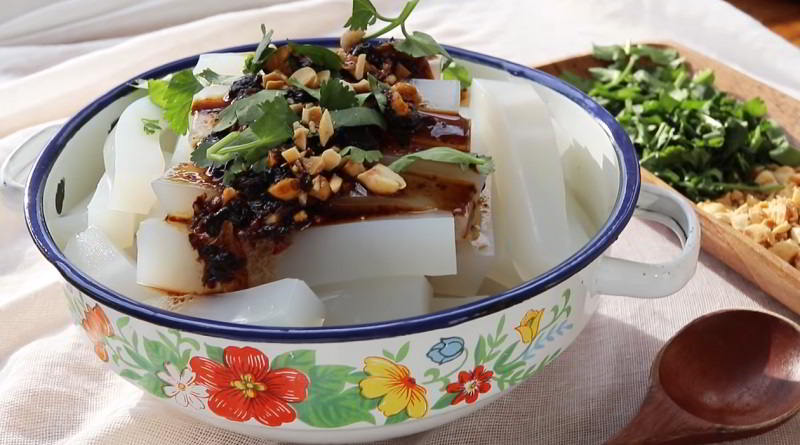
Liangfen is type of jelly made from mung bean starch, which is mixed with water and then set to solidify. The resulting jelly is then cut into thin, translucent strips, giving it a visually appealing appearance. Liangfen is typically served cold and is commonly topped with a variety of ingredients such as soy sauce, vinegar, sesame oil, chili oil, garlic, cucumber, and bean sprouts. These toppings add a burst of flavors and textures to the dish, creating a harmonious blend of sweet, sour, spicy, and savory tastes. What sets Liangfen apart is its gelatinous texture, which is soft and smooth, yet slightly chewy. This makes it a delightful dish to eat, especially during hot summer months when its cooling properties are highly appreciated.
Wotou
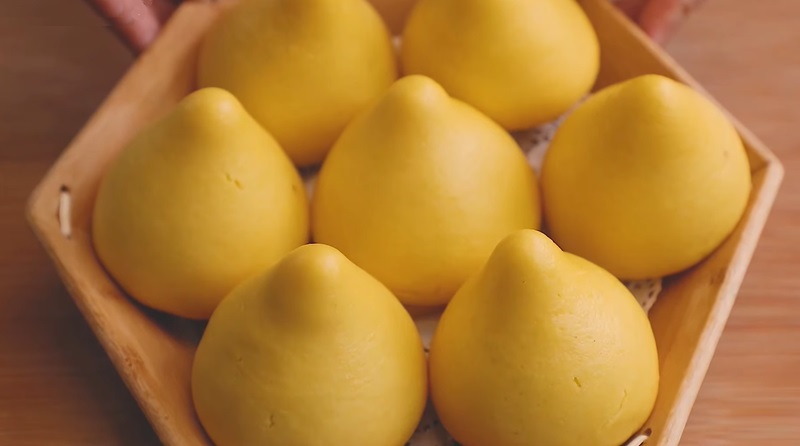
Wotou is a type of steamed cornbread. It is made from cornmeal and water, and is shaped into small round patties before being steamed to perfection. The wotou is often served as a side dish or appetizer in local restaurants. The cornbread itself has a slightly sweet and soft texture, making it a favorite among those who enjoy comfort food. It is commonly paired with other dishes such as braised pork or stir-fried vegetables, adding a wholesome and filling element to the meal.
Spring Pancake
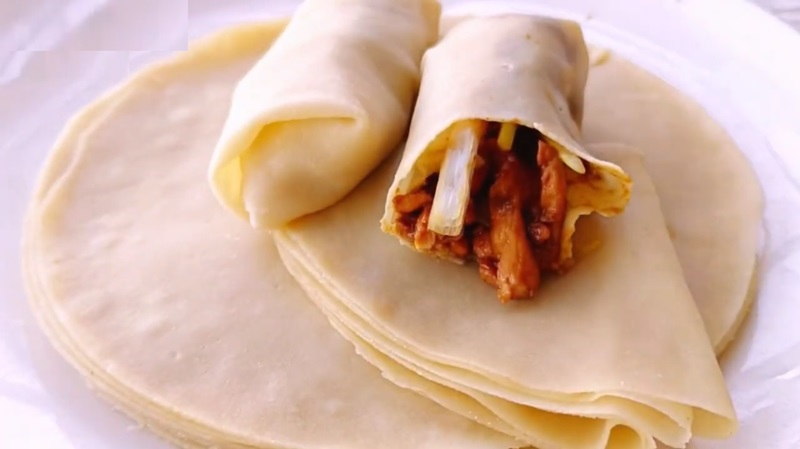
The spring pancake, exclusive to northern Chinese cuisine, is a traditional delight. Prepared by layering leavened dough with oil, the pancake is steamed and easily separable, allowing for the addition of fillings. Enjoyed on the auspicious day of lichun to mark the onset of spring, these pancakes boast diverse fillings, including thinly sliced vegetables such as cucumber, scallions, and carrots, alongside delectable options like crispy roasted duck or marinated pork.
Instant-Boiled Mutton
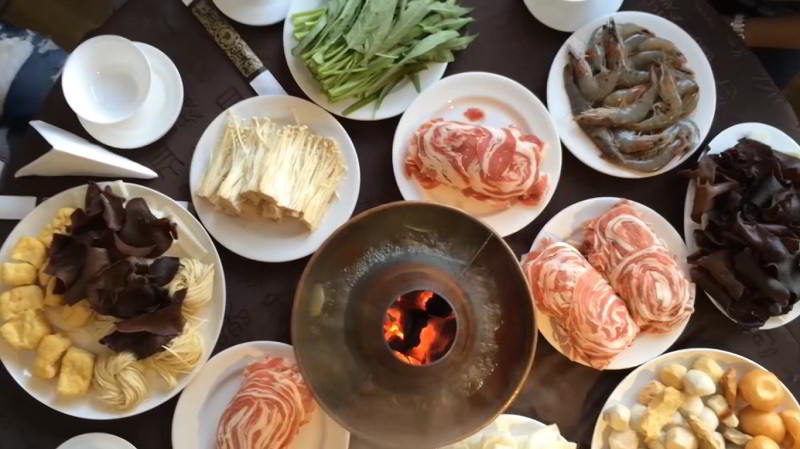
Instant-boiled mutton is a traditional hot pot dish that originated from the Mongolian nomadic culture. Instant-boiled mutton is prepared using tender lamb meat, which is thinly sliced and served in a hot pot filled with a flavorful broth. The broth is made from various spices such as ginger, garlic, star anise, and Sichuan peppercorns, giving it a fragrant and spicy taste. The dish is typically accompanied by a variety of dipping sauces, including sesame sauce, garlic sauce, and soy sauce, to enhance the flavors. To enjoy Instant-boiled mutton, diners dip the thinly sliced lamb into the hot broth for just a few seconds, allowing it to cook briefly before being savored. The meat is tender and succulent, and the spicy broth adds a delightful kick to each bite.
Nai lao
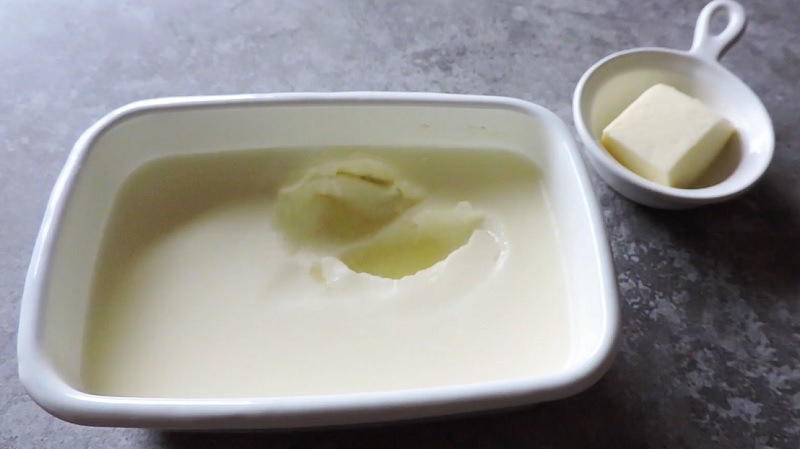
Nai lao, commonly known as Beijing yogurt, is a traditional fermented milk beverage widely enjoyed across China. To create Nai lao, milk is heated and sweetened with sugar, then mixed with two types of nuts, raisins, and rice wine made from glutinous rice. The production involves the use of a specialized device called lào tǒng, which includes a heat chamber for cooking. The milk, combined with rice wine and honey or sugar, is swiftly poured into fifty small bowls, stacked within the yogurt barrel, heated for approximately thirty minutes, and subsequently cooled.
Luzhu Huoshao
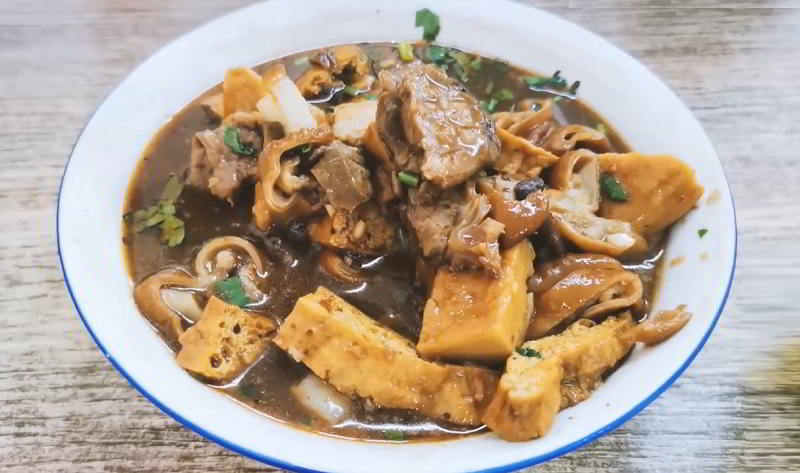
Luzhu Huoshao, translating to 'pork stew with bread,' is as a popular traditional Beijing street food. This dish features a blend of pork, pork lung, pork intestines, pork liver, tofu, and optionally, fermented bean curd or chives sauce. The flavorful combination is typically served alongside bing bread.
Fuling Jiabing

Fuling Jiabing, a traditional snack, is a pancake-like delicacy composed of flour, sugar, and fuling. This snack is rolled around a mixture of nuts, honey, and various ingredients. The flour may be combined with fuling, a Chinese medicinal herb from Yunnan province known for its spleen-dampness-relieving properties. The incorporation of different ingredients results in a diverse array of Fuling Jiabing varieties.
Aiwowo
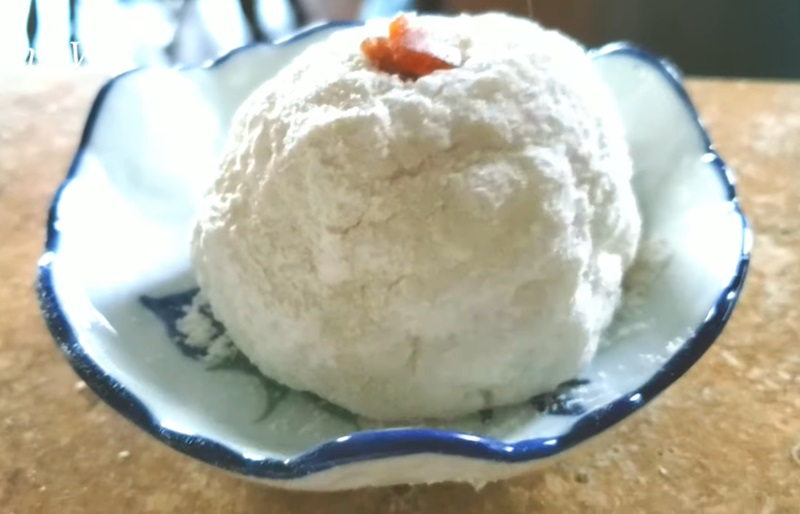
Aiwowo, a classic Chinese dessert, takes the form of bowl-shaped pastries reminiscent of snowballs. The outer layer is crafted by rolling glutinous rice over steamed, firm flour. These pastries can be filled with various sweet ingredients such as sugar, sesame, apricots, plums, and yam. After filling, they are often flattened. Some variations include adding hawthorn to the top, introducing a touch of sourness to complement the sweetness.
Chatang
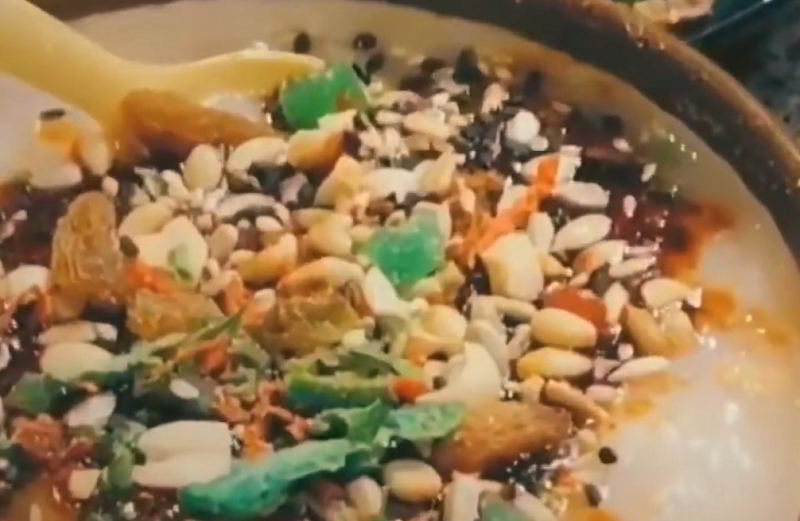
Chatang is a type of porridge made from a variety of grains such as rice, millet, corn, and soybeans. The dish is cooked by boiling the grains in water until they become soft and tender. Chatang can be served sweet or savory, depending on the ingredients added during the cooking process. In the sweet version, sugar or honey is added to give it a delightful sweetness. It is often garnished with dried fruits like raisins or dates, as well as nuts like peanuts or walnuts. This sweet variation of Chatang is commonly enjoyed as a breakfast or dessert option in Beijing. On the other hand, the savory version of Chatang is made by adding various ingredients like minced meat, vegetables, mushrooms, and soy sauce. This version is usually eaten as a filling and hearty meal during lunch or dinner.
Jing Jiang Rou Si
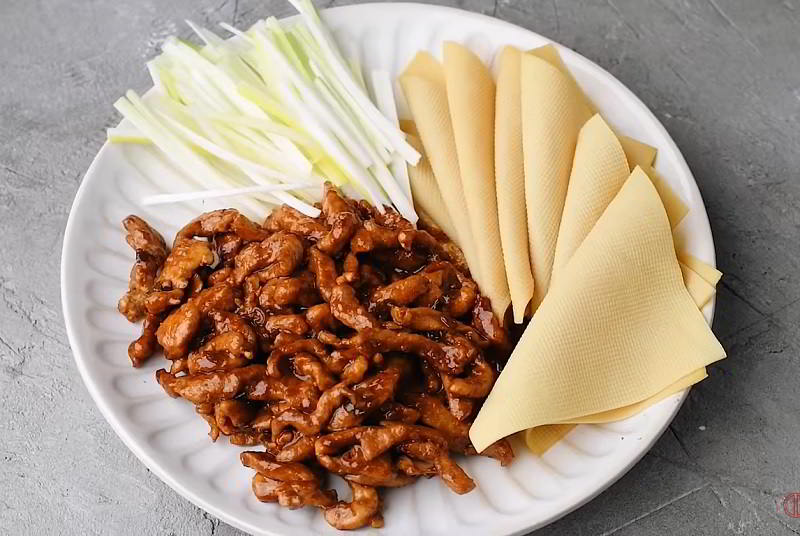
Jing Jiang Rou Si is a popular dish in Beijing cuisine that is loved by both locals and tourists alike. This delicious dish consists of thinly sliced pork that is stir-fried with a rich and flavorful sauce made from soybean paste, hoisin sauce, and a variety of spices. The pork used in Jing Jiang Rou Si is typically tender and lean, giving it a melt-in-your-mouth texture. It is often marinated beforehand to enhance its taste and tenderness. The sauce, on the other hand, is a perfect balance of sweet and savory flavors, with hints of garlic and ginger adding a delightful kick. To prepare this dish, the marinated pork is stir-fried until cooked through and then mixed with the sauce, allowing the flavors to infuse into every slice of meat.
Xi Gua Lao

Xi Gua Lao is a refreshing summer soup, thickened and chilled for a delightful treat. Typically, it consists of watermelon, cherries, agar, sugar, and vanilla powder. A syrup is prepared by boiling water with agar, vanilla powder, and sugar. The watermelon is crushed to extract its juice, which is then blended with the syrup. After chilling until thickened, this cooling watermelon concoction is served cold.
Baodu
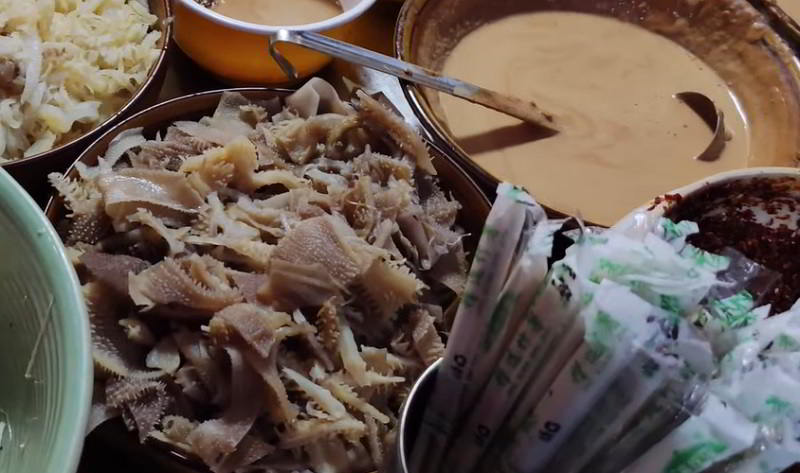
Baodu, a traditional dish with roots in the imperial kitchens of Ming and Qing dynasties in Beijing, is a hot pot creation featuring thinly sliced beef tripe and an array of vegetables, all simmered in a spicy and fragrant soup base. The tripe undergoes thorough cleaning and slicing before being blanched to eliminate impurities and achieve a tender texture. The soup base incorporates spices like Sichuan peppercorns, chili peppers, and ginger, complemented by seasonings such as soy sauce and vinegar. Sliced vegetables, including cabbage, potatoes, and bean sprouts, join the tripe in the simmering broth until everything reaches a delightful tenderness.
Yin si juan

Yin si juan, also known as "silver thread roll" or "crystal roll," is a popular dish in Beijing cuisine. It is a delicate and visually appealing dish that consists of thinly sliced vegetables, such as cucumber, carrot, and radish, rolled up in a thin layer of tofu skin. The name "silver thread roll" comes from the thin and translucent appearance of the dish. The preparation of yin si juan involves skillful knife work to thinly slice the vegetables into long, fine strips. The tofu skin is carefully wrapped around the vegetable strips, creating a roll that resembles a silver thread. The rolls are then steamed or blanched to achieve a tender texture while maintaining the vibrant colors of the vegetables. Yin si juan is often served as an appetizer or side dish in Beijing cuisine. It is light and refreshing, with a subtle combination of flavors and textures. The crispness of the vegetables contrasts with the softness of the tofu skin, creating a delightful eating experience. The dish is typically served with a dipping sauce made from soy sauce, vinegar, and sesame oil, adding a tangy and savory element to the overall taste. Overall, yin si juan is a visually stunning and delicious dish that showcases the artistry and finesse of Beijing cuisine.
Chaogan
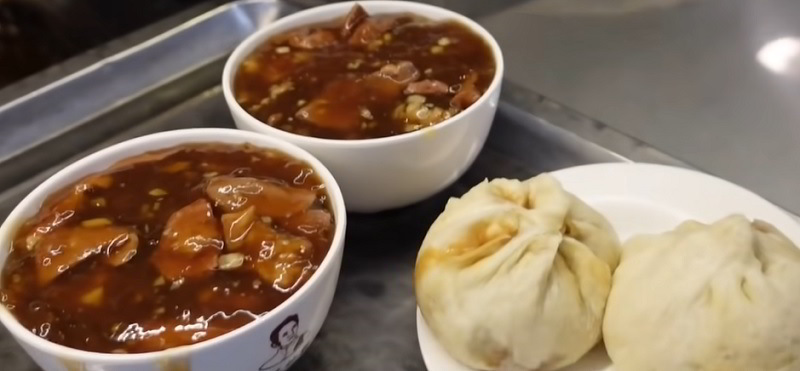
Chaogan dish is a popular and traditional dish in Beijing cuisine. It is a thick soup made from pig's offal, mainly including lungs, intestines, and stomach. The name "Chaogan" translates to "stir-fried liver," which refers to the main ingredient used in this dish. To make Chaogan, the offal is first boiled in water with ginger and salt to remove any unpleasant odor. Then, it is sliced into thin pieces and stir-fried with soy sauce, garlic, and other seasonings to enhance the flavor. The cooked offal is then served in a bowl with a thick, flavorful broth made from the boiling water. The dish is often garnished with green onions and coriander, adding a fresh and aromatic touch. It is commonly enjoyed as a breakfast or late-night snack in Beijing, served piping hot. The rich and savory taste of the offal, combined with the fragrant broth, creates a unique and satisfying culinary experience. Chaogan is not only loved by locals but also attracts tourists who are eager to explore the diverse flavors of Beijing cuisine. Its simplicity, affordability, and deliciousness make it a must-try dish for any food enthusiast visiting the capital city of China.
Kai Xou Xiao
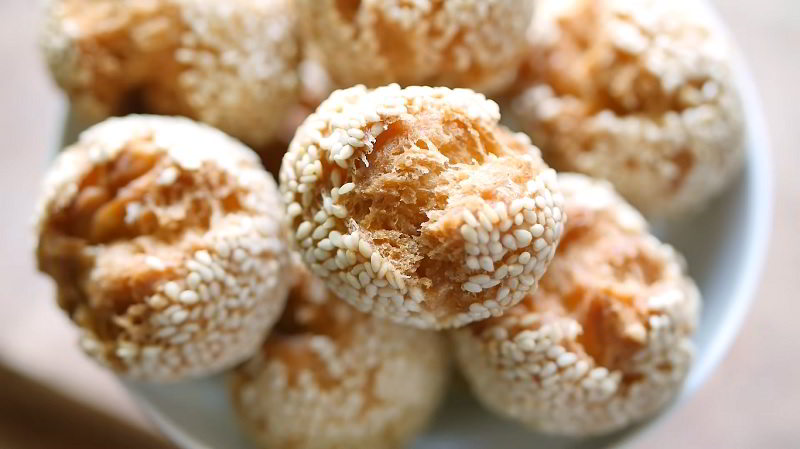
Kai Kou Xiao, often referred to as "smiling sesame cookies" or "laughing balls," is a fried sesame egg cake popularly enjoyed during the Lunar New Year due to its resemblance to a smiling mouth. The traditional recipe involves combining flour, peanut oil, egg, sugar, malt sugar, sesame seeds, and baking soda. Except for the sesame seeds, the ingredients are mixed to form a dough, which is then cut into pieces. The dough pieces are rolled in boiled sesame seeds and fried on a skillet. The chef carefully lifts and puts the pan back on the stove, creating a distinctive opening crack that mirrors a joyful, smiling mouth, hence the literal Chinese name.
Yun Dou Juan

Yun Dou Juan, or 'Kidney Bean Rolls,' is a classic dish in Beijing cuisine. The traditional preparation involves crushing kidney beans, soaking them overnight to discard the skin, boiling for an hour, and steaming. Crushed and compressed into a 3.5 cm diameter linear paste, it's shaped into rectangles, layered with bean paste, and rolled. When served, the rolls are cut into smaller pieces.
Misandao
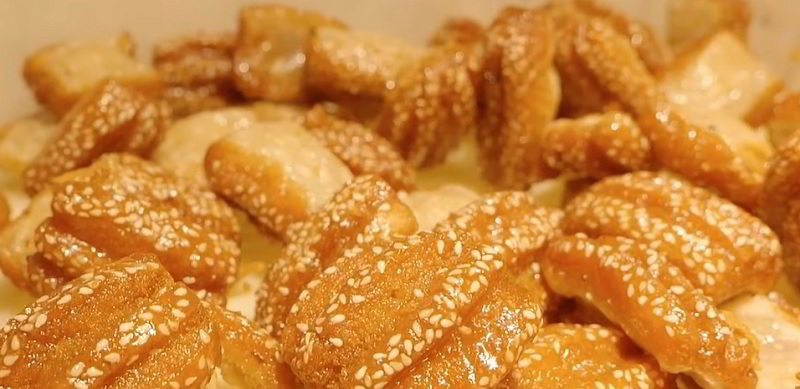
Misandao, a delectable treat, is a fried cake coated in malt sugar. The key ingredients include flour, baking soda, and vegetable oil. Creating the outer layer involves fermenting 25% of the flour with water, baking soda, and malt sugar, while the inner part comprises the remaining flour mixed with water. The two dough types are stacked, compressed, cut into strips, folded, and fried in vegetable oil. Once fried, the pieces are dipped in malt sugar before serving.
Mi zhi hu lu
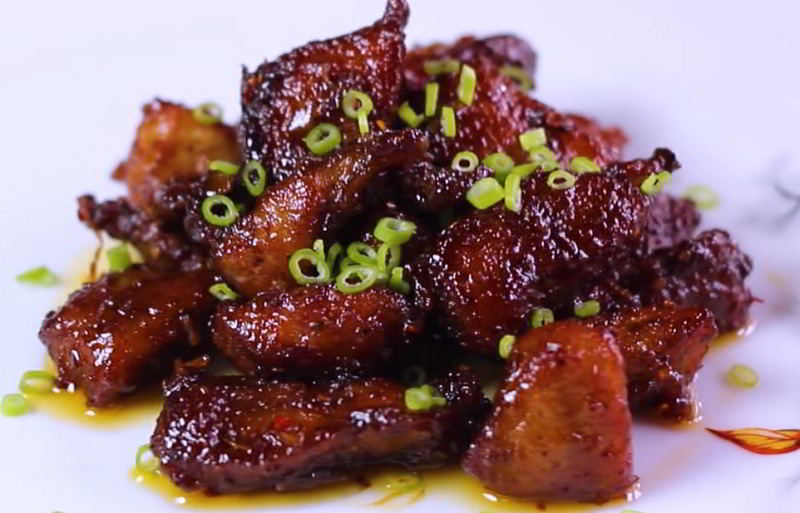
Mi zhi hu lu features pork fat enveloped in a flour coating, glazed with honey. The traditional method begins by mixing pork fat with flour, rolling it into circles. Flour spheres are created, soaked in boiling water thrice, then mixed with eggs to form a paste. Pork fat is cut into pieces, covered in the paste, and deep-fried. Honey, stewed until dark, coats the fried spheres before serving, with optional additions like sugar.




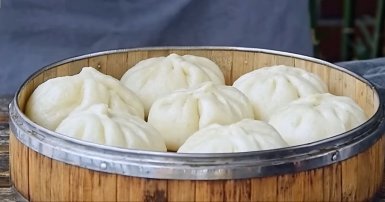
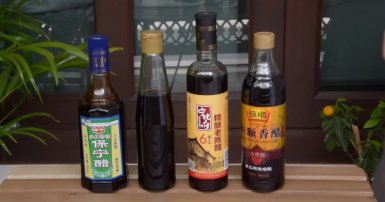
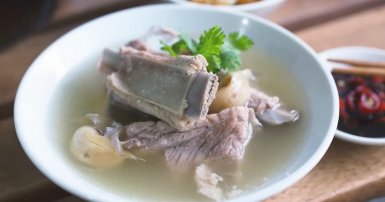


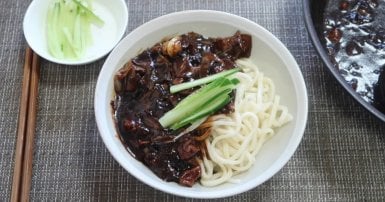
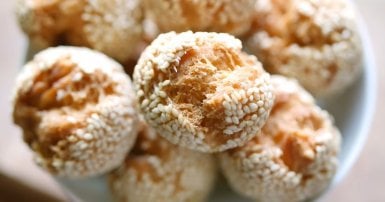
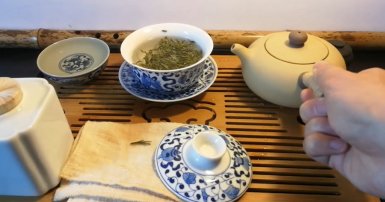

-1709813013.jpg)


